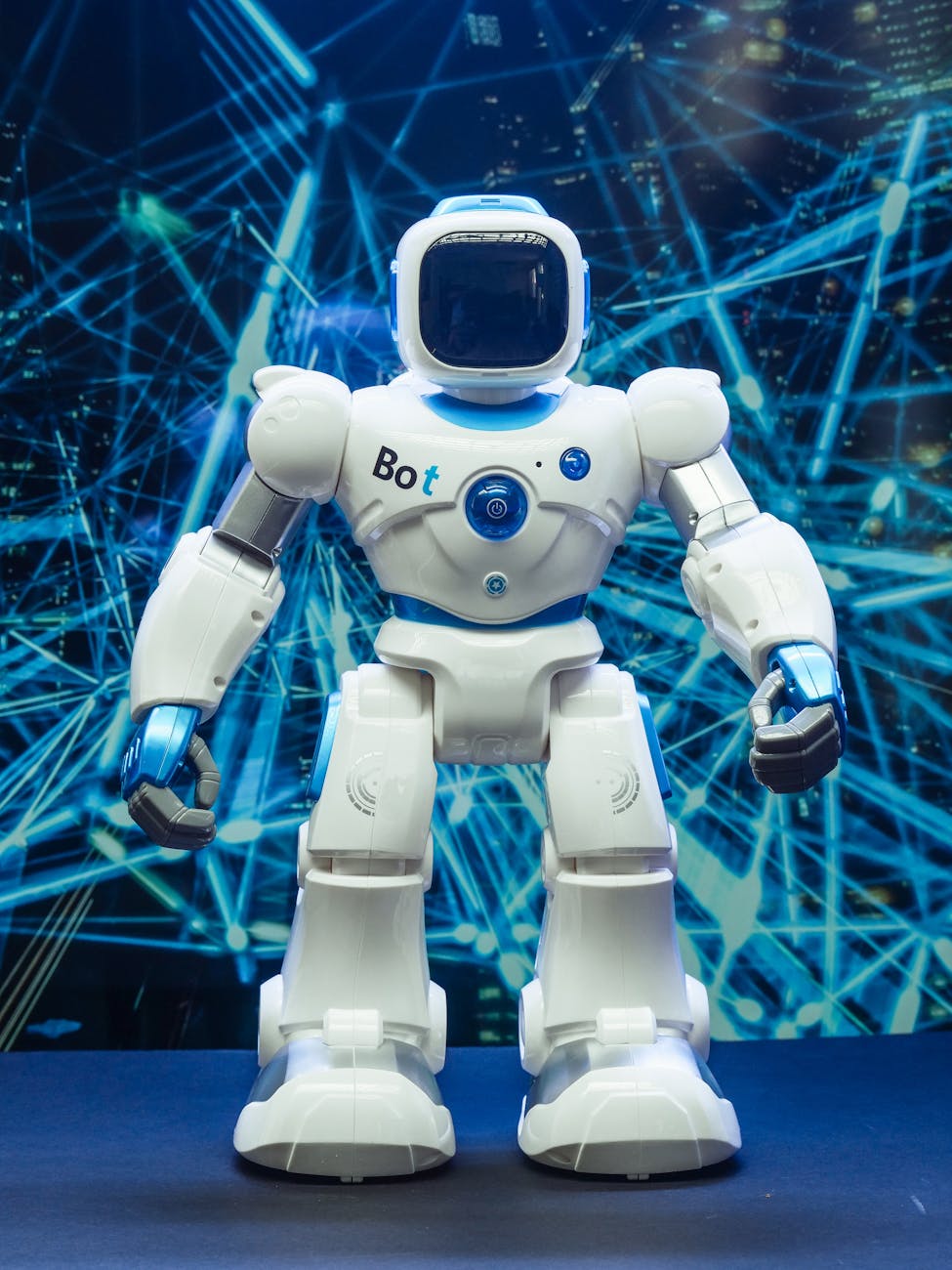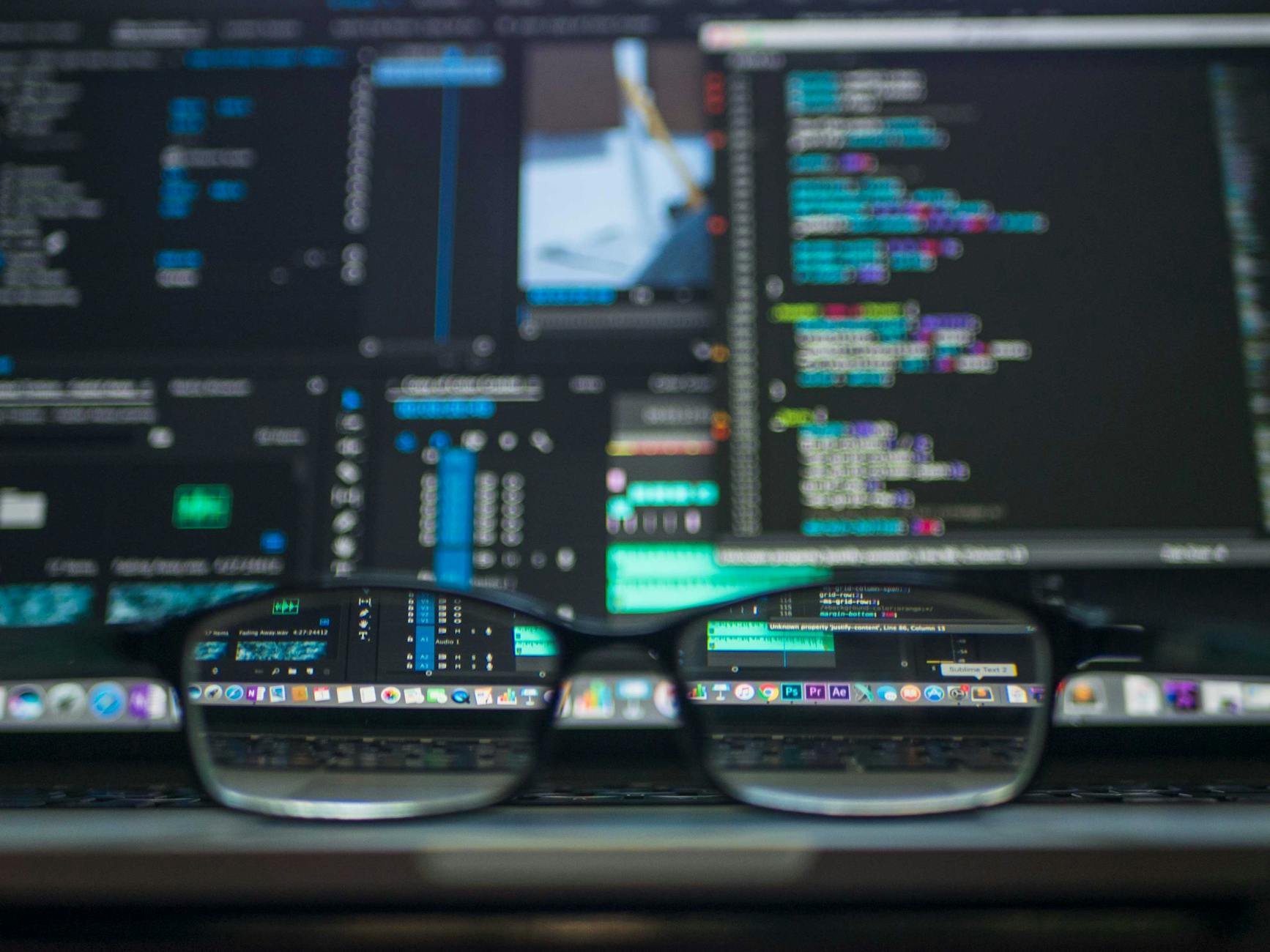Let’s get real: the phrase “digital transformation” used to be a line on corporate vision boards. Now? It’s a matter of survival.
Businesses that win in 2025 aren’t just using tech to improve operations. They’re building around it; rethinking models, reimagining how they deliver value, and rewriting what “growth” even means.
So what exactly is powering this shift?
Let’s explore the major tech trends that are fundamentally changing the way businesses think, move, and scale.

Generative AI Moves From Hype to Workflow
In just two years, generative AI has gone from novelty to necessity.
Tools like ChatGPT, Gemini, Claude, and custom-trained internal models are being used to:
- Draft emails, reports, and marketing copy
- Generate code snippets
- Conduct product research
- Personalize customer interactions
- Analyse datasets in seconds
But the real transformation? AI is now a team member. One that works 24/7, never asks for vacation, and constantly learns.
Impact: AI is not replacing teams. It is supercharging them. Expect 30–40% faster output across marketing, customer success, product, and even legal.

Automation Is Quietly Reshaping Operations
While AI gets the spotlight, automation is doing the heavy lifting backstage.
From robotic process automation (RPA) to low-code/no-code platforms, businesses are automating:
- Inventory tracking
- Onboarding workflows
- Invoicing and reconciliation
- Customer ticketing
- Lead nurturing sequences
Platforms like UiPath, Zapier, and Make are enabling non-technical teams to build scalable workflows.
Impact: Reduced human error, faster response times, and cost savings without a full engineering squad.

Remote-First Infrastructure Is Now Default, Not Fringe
The pandemic forced companies to go remote. The aftermath made them realise: it works.
Now, tools like:
- Notion, ClickUp, Linear (for project management)
- Zoom, Slack, Gather (for communication)
- Deel, Remote.com (for global HR ops)
… are forming the backbone of distributed business models.
Impact: Businesses are hiring globally, reducing overhead, and unlocking productivity from anywhere especially across Africa, Asia, and LATAM.

Digital Twins and Real-Time Simulation
A digital twin is a virtual model of a physical system, your factory floor, your logistics chain, even your workforce.
Using IoT sensors, real-time data, and simulation software, businesses are now testing changes in a virtual environment before touching real-world operations.
Examples:
- Manufacturing lines adjusting production before a defect emerges
- Smart cities modelling traffic flows before making infrastructure changes
- Energy companies predicting equipment failures before they happen
Impact: Risk reduction, cost savings, and better forecasting.

Cybersecurity and Privacy Go Proactive
With more data, more automation, and more cloud systems comes more risk.
The past five years have taught businesses that cybersecurity isn’t a department. It’s a strategy.
Modern businesses are now:
- Using AI to detect and prevent threats in real-time
- Adopting zero-trust security models
- Encrypting data from collection to transmission
- Being transparent with users about privacy and consent
Impact: Businesses that treat trust like a currency are winning customer loyalty. Those that don’t? Losing data and reputation.

Blockchain and Decentralised Systems Step Into the Enterprise
Forget the crypto hype cycles. Blockchain is quietly finding real use in:
- Supply chain verification
- Smart contract execution
- Cross-border payments
- Tokenized digital assets
Enterprises are experimenting with permissioned ledgers for better transparency, traceability, and tamper-proof records.
Impact: Speed, trust, and automation in traditionally slow, paper-heavy industries like logistics, law, and real estate.

Embedded Fintech Is Everywhere
Whether you sell shoes, software, or solar panels, fintech is becoming part of your business model.
From integrated payments to BNPL options to in-app wallets and loyalty systems, companies are becoming financial platforms without becoming banks.
Examples:
- Shopify with Shopify Payments
- Uber offering driver debit cards and financial dashboards
- E-commerce brands launching pre-paid cards for repeat buyers
Impact: New revenue streams and higher customer lifetime value (LTV).

ESG Tech and Sustainable Operations
Environmental, Social, and Governance (ESG) is no longer a CSR box-tick. It’s a demand from investors, customers, and even employees.
Tech is enabling companies to:
- Track carbon footprints
- Automate ESG reporting
- Optimize resource usage with smart systems
- Use blockchain for transparent impact tracking
Impact: Sustainability is becoming measurable and a competitive edge.

Hyper-Personalisation Through Data and Predictive Analytics
Generic experiences are out. Personalized, real-time journeys are in.
Using behavioural data, AI, and predictive tools, businesses are:
- Offering product recommendations that actually make sense
- Customizing onboarding based on user intent
- Adapting pricing or content based on behavior in the moment
Impact: Better conversions, reduced churn, and brand experiences that feel human not robotic.
Tech Isn’t a Tool, It’s Your Strategy Now
The businesses transforming fastest aren’t “adopting tech.” They’re built around it from their culture to their workflows to their customer experience.
It’s not about chasing trends. It’s about asking the question: How can we use technology to be simpler, faster, more human, more impactful? Think about it. If your competitors are integrating AI, automating ops, and personalising at scale, your excuses don’t stand a chance.







